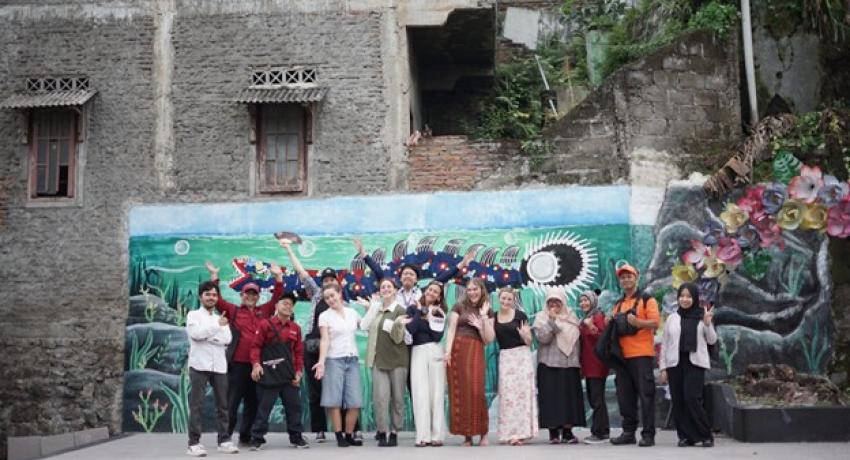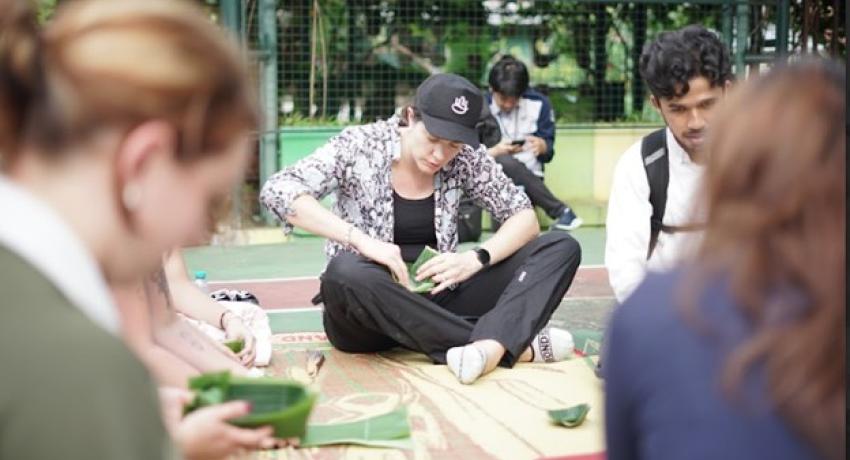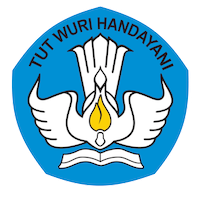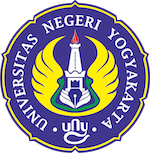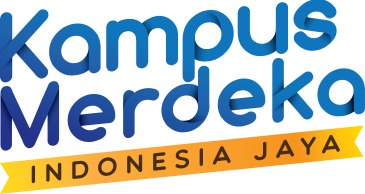On the eighth day of the Western Sydney University (WSU) delegation’s visit to Universitas Negeri Yogyakarta (UNY), the program (Poly)Crisis, Cross-Cultural Responses & Resilience focused on SDG 6: Clean Water and Sanitation. One of the highlights of the day was a visit to Cokrodiningratan Tourism Village, a riverside community along the Code River that stands as a real example of how disaster mitigation and water conservation can be managed directly by local residents.
At this site, WSU students and lecturers learned firsthand about various community-led initiatives that have been running for years. They observed how local residents manage household waste and wastewater through regular river clean-ups, composting of organic waste, and repurposing former dumping grounds into a Sunday Market and music performance space.
Just as impressive, the Australian guests were introduced to a disaster preparedness system that is both advanced and rooted in local wisdom. For instance, a radio-linked siren system is directly connected to rainfall monitoring on Mount Merapi. This system serves as an important early warning tool as runoff from Merapi can suddenly flood the Code River. Residents have also set up evacuation routes, waste filters, and biopores to reduce flood impact. In addition, they operate their own affordable water filtration system, which is a cheaper alternative to government-supplied water. Nearby industries, such as laundries and hotels, are also required to take part in river stewardship to ensure environmental sustainability.
The visit concluded with a memorable activity: WSU students and lecturers were invited to learn how to make pincuk, or a traditional food wrapper made from banana leaves. A warm atmosphere grew as they joined local residents to enjoy snacks such as boiled peanuts, bananas, sweet potatoes, and a traditional herbal drink called wedhang Seruni. The afternoon felt even livelier as the guests enthusiastically interacted with the many cats roaming the neighborhood.
This day of learning and togetherness offered a clear example of how water conservation, sanitation management, and disaster mitigation can be woven together through community spirit, simple technology, and rich local culture.


